17 Extinct Dog Breeds You Never Knew Existed
Dog breeds don't always stick around. Extinct dog breeds are proof that pets can change with time as much as humans can—and in ways you never would have believed.
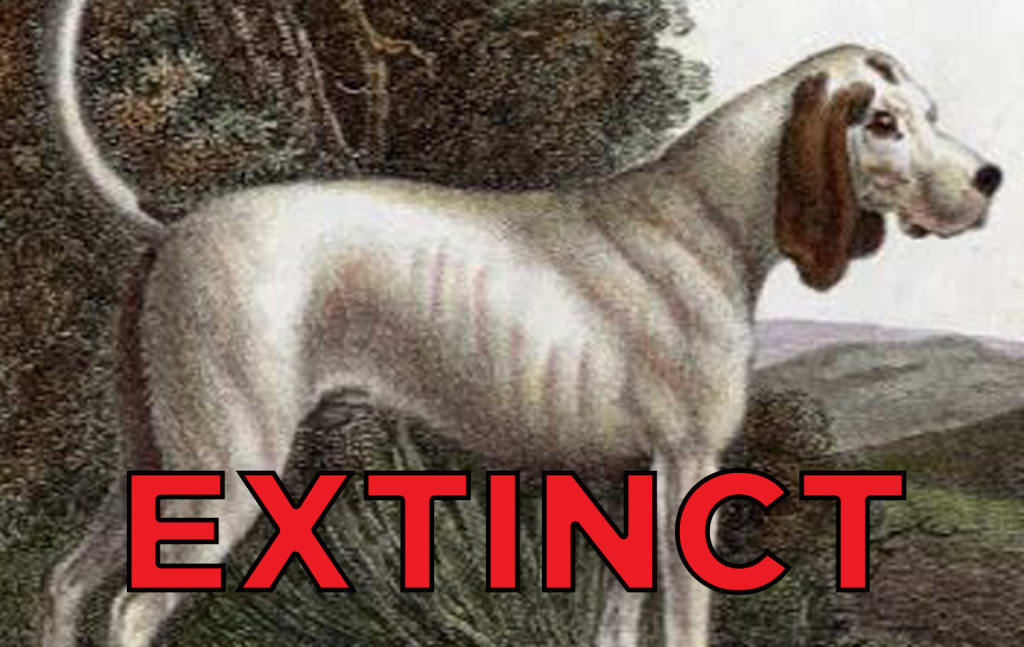
I'll admit it. I'm a history buff, and part of my love of history includes a desire to learn about all the little differences that people took for granted back in the day. Small things, like learning what foods people went without or what now-forgotten books people read, make up a huge part of my reading time.
One of the more unusual aspects of life deals with pet ownership. Believe it or not, many of the pets that we see today didn't exist in years past—and that includes the dog breeds we all tend to know and love today.
Humanity has a knack for creating dog breeds that reflect their needs as a society, and over the years, those needs have changed. For one reason or another, certain breeds were never quite able to find a modern audience, and these breeds ultimately ended up fading out of existence.
Some extinct dog breeds are ancestors to the breeds we now know today, while others faded out for different reasons. No matter what the reasons were, learning about them is a really thought-provoking trip to the past.
St. John's Water Dog
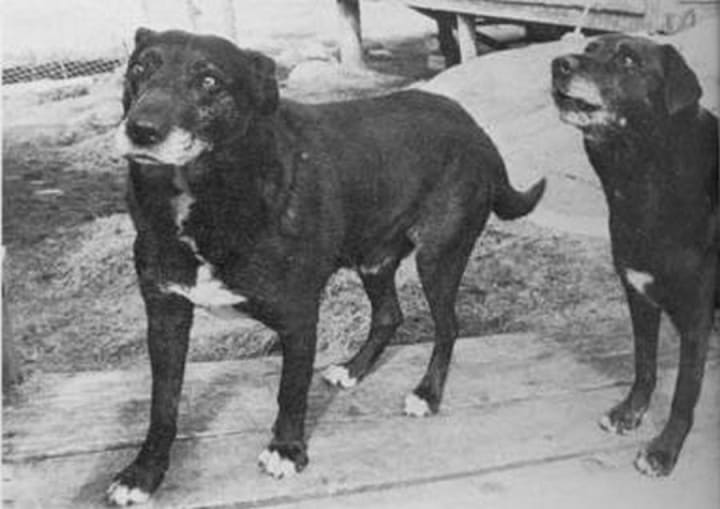
This is one of the most recent extinct dog breeds to make it on this list, and as the name suggests, it was a very water-loving breed. These dogs were also known as "Lesser Newfoundlands" for their Newfoundland origins.
These stocky dogs were built for working near shipyards. They were bred to help drag nets to their owner's hands. When they weren't hauling nets, they were dragging shot birds and seals to their owners.
Believe it or not, it wasn't the role that they played that drove them to extinction. The St. John's Water Dog was the victim of legislature that heavily taxed dogs that weren't being used to herd sheep.
Owners sold the dogs to British owners who then bred them with other dogs. The majority of these dogs ended up being the first Labradors ever made. So, while the original breed may not have survived, they definitely have plenty of puppies that share their DNA.
Oddly enough, many believe they may have a St. John's Water Dog. However, the official record is that they are extinct.
Turnspit
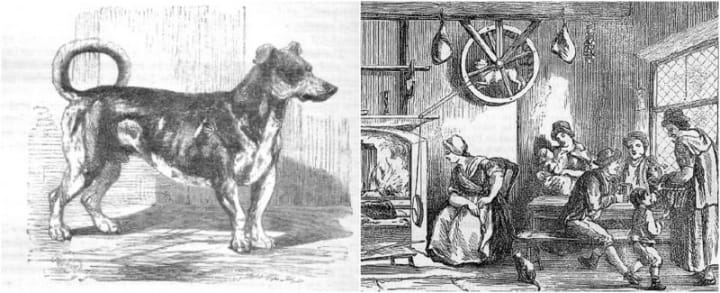
Back in the old days, dogs used to be bred to perform certain functions. When fireplaces were invented, one of the most common ways to roast meat was to skewer it through a spit and rotate it over an open fire. Turnspits were tiny, fluffy dogs that were bred to run on wheels that would turn the spit.
They were known for having short legs, high levels of energy, and for being very obedient dogs that would occasionally just rest at their owner's feet. These petite dogs were also known for being good ratters, though that was but a secondary function, for the Turnspit was not just a pet to many.
During the 17th century, everyone had a turnspit. As technology improved, the demand for turnspits died out. The last one died in the 1910s and the body was sent to a museum.
Cumberland Sheepdog
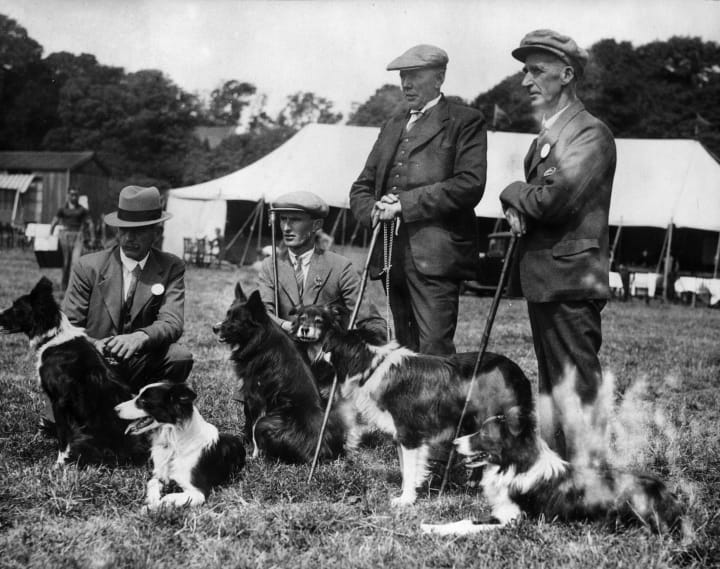
Cumberland Sheepdogs have their ties to royalty, and once were the favorite dog of the 6th Earl of Lonsdale. This British breed was known for being an expert herder, highly energetic, and for having a slightly shorter coat than your typical border collie.
Unlike border collies, Cumberland Sheepdogs were known for being very quiet and working low to the ground. Much like border collies, however, they had black and white spots, with a gentle demeanor around adults.
No one quite knows what happened to these dogs, but it's believed that they were absorbed into the border collie breed. That being said, this original lineage is still recognized as one of the more obscure extinct dog breeds in history.
Talbot
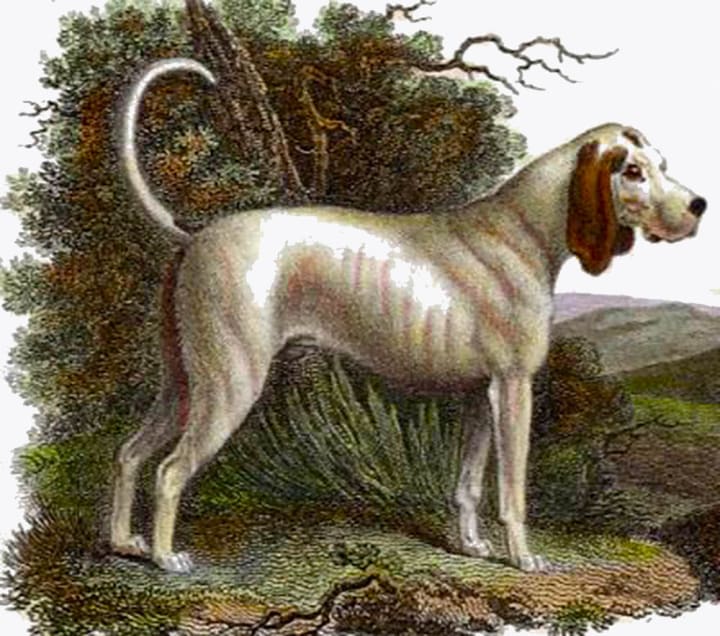
Britain is home to a plethora of extinct dog breeds that were once associated with the upper class. One of the most famous is the Talbot, a medium-sized white hunting dog that was known for being able to fetch kills and track animals with its exceptional sense of smell.
These dogs were incredibly popular from the 13th century until the 18th century. They still are regularly mentioned in British pop culture as part of old school British hunting tradition. For example, the famous Talbot Arms gets its name from the classic hunting dog.
Talbots were so deeply ingrained in British culture, they even were put on family coats of arms. Simply put, if you were noble and had a thing for hunting foxes, you had a Talbot—or 12!
By the mid-18th century, Talbots started to have features increasingly similar to bloodhounds. Their legs got shorter, their noses were more prominent, and their sense of smell became more acute.
The breed all but disappeared by the 19th century, leaving historians scratching their heads. What happened? And why did the breed vanish? Some dog shows had Talbot entries back in the day, but even those ended up being cast to the wayside.
Paisley Terrier
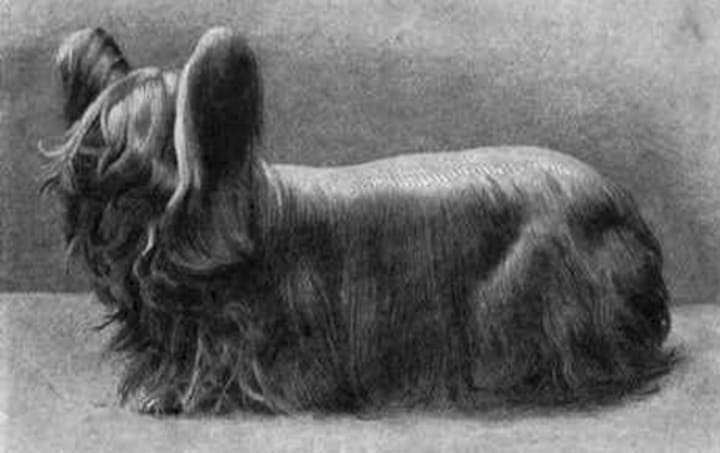
Many of the extinct dog breeds you'll hear about had a purpose that involved hunting, working, or standing guard. The Paisley Terrier, though, was a bit different. This petite dog's purpose was to show off its pretty coat at dog shows.
As you can see from the photo above, this dog was known for being a lapdog with long, silky fur. The dogs had so much fur and fluff that it was very rare for anyone to really see their eyes.
If this pupper's prowess reminds you of a Yorkie, that's not by mistake. Paisley Terriers were the primary breeding stock that Yorkies came from. The overwhelming popularity of Yorkshire Terriers had soon meant that the Paisley Terrier was quickly bred out of existence.
Toy Bulldog
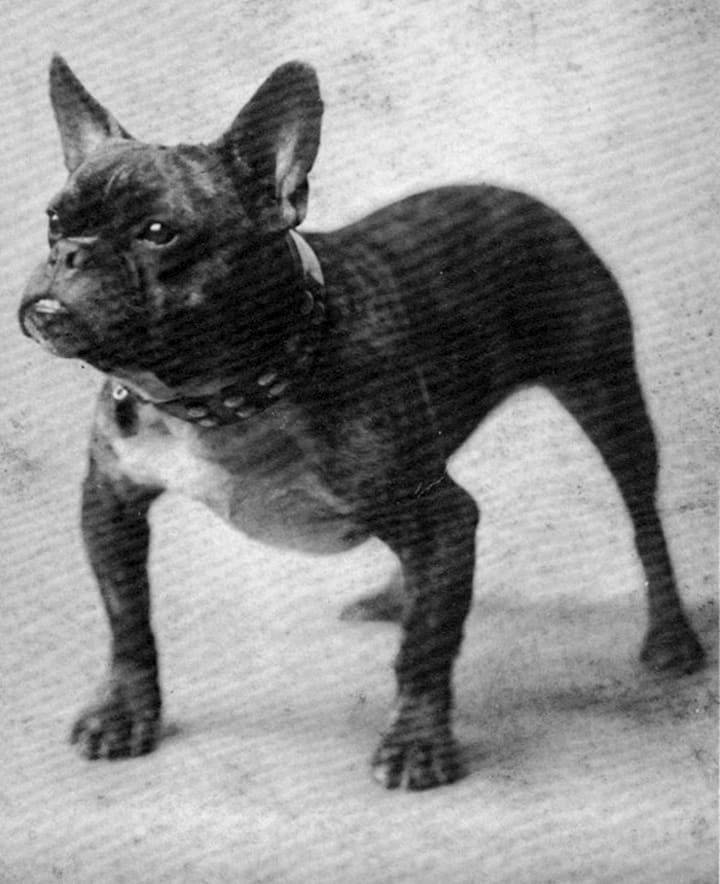
You know how cute English bulldogs are, with their mushy faces and cigar-ready jaws? It would be great if you could get a smaller, toy-sized version of these charming chaps, wouldn't it?
Well, that's what the breeders of the toy bulldog thought, too.
This breed was developed in hopes of having a lapdog version of everyone's favorite bully breed. Unfortunately, there was a huge miscalculation on by breeders that turned this breed into a tragedy.
Regular English bulldogs already suffer from a lot of health problems due to their heavy inbreeding and warped bone structure. Trying to make this breed smaller only exacerbated the problems even more.
Within a matter of years, the official toy bulldog breed proved to have high infertility rates and low life spans. Though some breeders still try to revive this concept, it's still a breed that all but died out—and honestly, should remain dead.
The term "toy bulldog" now refers to miniature bulldogs, which honestly are not much better in health than their extinct brethren.
Alpine Spaniel
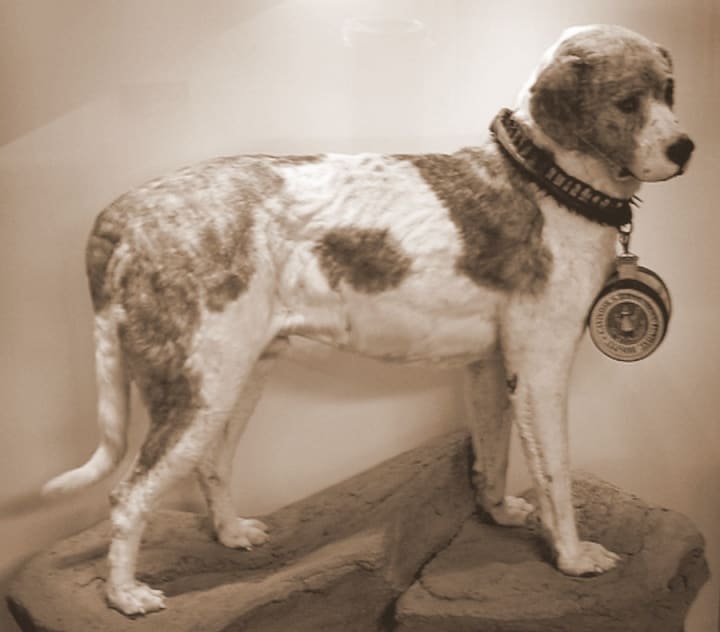
The Alpines are not exactly the warmest climate, and proved to be inhospitable for many dog breeds. The Alpine spaniel, however, was an exception. It existed in the Alpine mountains for hundreds of years as a companion dog.
Alpine spaniels had incredibly thick, warm, curly fur that kept them feeling great in the bitter cold of the mountains. Their weather-hardy build made them perfect for rescue crews. Canons used them to haul liquor to help revive climbers suffering from hypothermia.
This breed went extinct not once, but twice. The first time around, a series of diseases and accidents caused the number of Alpine spaniels to dwindle down to one male by 1847. That male bred with other dogs, which then started the beginning of the Saint Bernard breed.
By 1868, Alpine features stopped being desired in the breed and Saint Bernards took the helm. Today, we have the stockier, heavier dogs that became famous in movies like Beethoven.
Hare Indian Dog
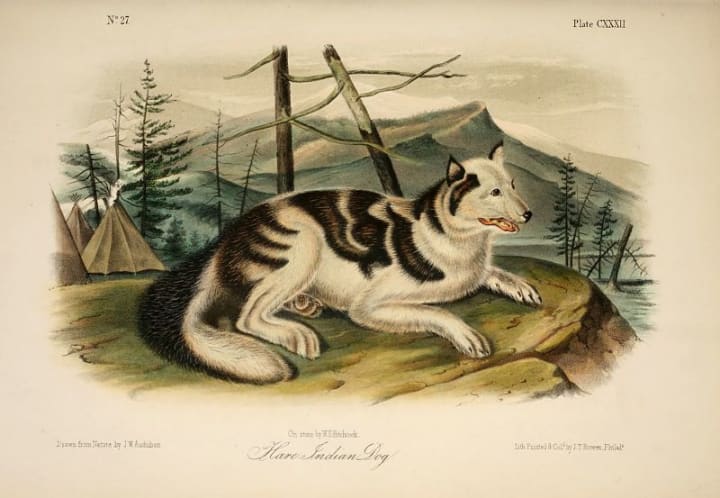
The Native American Hare tribe had their own cultural dog breed they enjoyed. This was known as the Hare Indian Dog and it became extinct when tribal hunting became rare.
The dog was used for coursing and hunting, and was famous for having the speed of a coyote. Though it was fast as a wild dog, it wasn't a domesticated coyote. Rather, it appeared to be a "coyodog" hybrid that were specially kept by the Hare.
They were known for having fluffy fur on their bodies that tapered off into short fur near their heads, giving them a very unique look. Among animals, they were known for being vicious, but among humans, they were very friendly and playful.
Oddly enough, this was a very cat-like dog. It would show affection by rubbing its back on people, and it wasn't a breed that often barked. In fact, the only time it would bark would be when it was raised among other dog breeds!
Alaunt
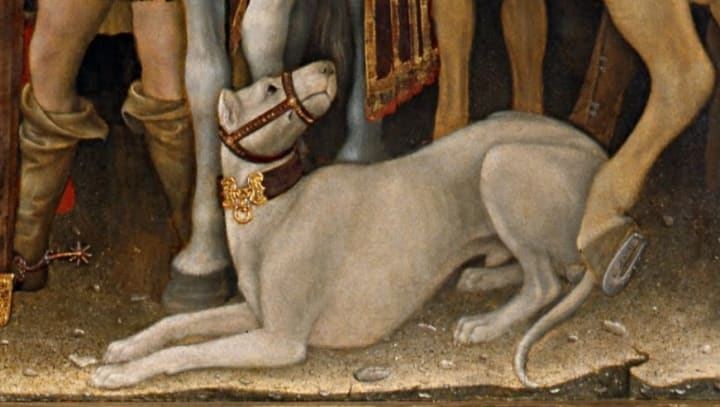
Few extinct dog breeds had a history as long as the Alaunt, and that is actually what makes its loss so tragic. This breed existed from the beginnings of antiquity through the 17th century. So, chances are that your favorite historical figures owned an Alaunt.
Alaunts first found their origins in the Middle East, and they then came over to Europe when Attila the Hun started his conquering spree.
Historic paintings and sculptures showed them to have heads similar to Pitbulls: Strong bites, and exceptionally muscular appearances. The old breed split into three smaller breeds, each of which had a different purpose. Some were hunters, others were work dogs, and still more were guard dogs.
The Alaunts were brought with masters during war or whenever there would be a fight. Though the original breed is extinct, many different breeds were created using their genes. Any modern dog breed you hear with the name "Alaunt" in it came from these powerful creatures.
Cordoba Fighting Dog
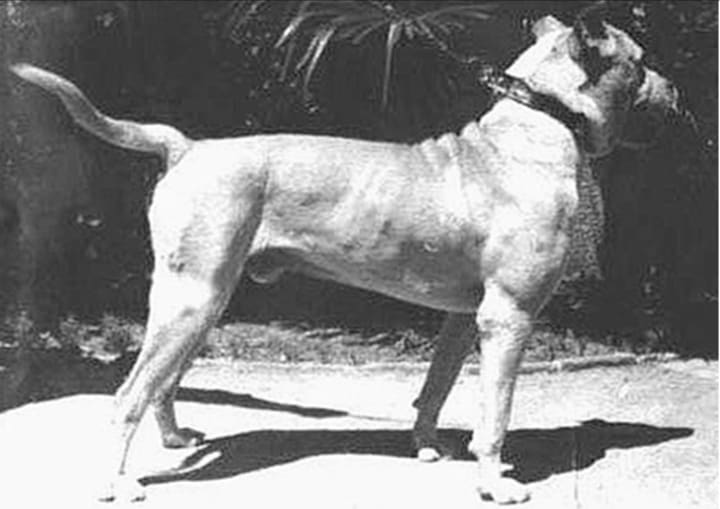
Humans kind of suck sometimes, especially when it comes to their hobbies. One of the most popular pastimes in the 19th and early 20th centuries was dogfighting—and yes, some dog species were made specifically to kill other dogs.
The Cordoba fighting dog was first bred in Argentina, and was developed to be the most vicious fighting machine out there. It was a large, muscular white dog with powerful jaws, a high pain tolerance, and one of the worst temperaments in canine history.
Sadly, the breed's demise didn't actually end because dog fighting fell out of popularity. Plenty of Cordoba fighting dogs died in the ring, and its breeders actually went so far as to exacerbate their already quite violent nature.
What ended up killing off this breed was the fact that they were bred for such violence. They preferred killing other dogs instead of breeding with them. One breeder was able to find a slightly less violent Cordoban, and they bred it with a variety of other dogs to create what is now known as the Dogo Argentino.
All the other dogs of the breed died out, being too violent to actually mate with one another. Tragic, isn't it?
Cuban Mastiff (Dogo Cubano)
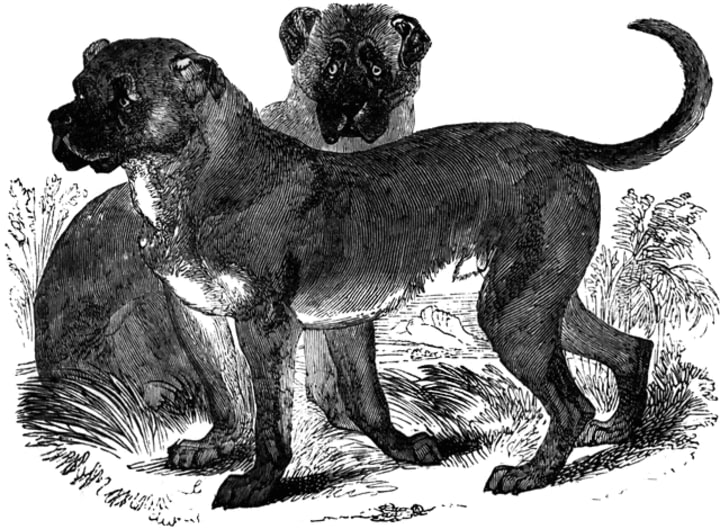
Cuban Mastiffs were also fighting dogs, but that was a secondary purpose to their breed. This breed was initially developed as a working dog that specialized in finding runaway slaves and fighting bulls for people's enjoyment.
Unlike the Cordoba fighting dog, Cuban Mastiffs actually vanished for the right reasons. Once using dogs to fight bulls became taboo, they were used for capturing slaves. Once slavery was abolished, the Cuban Mastiff slowly died out due to lack of demand.
Tesem
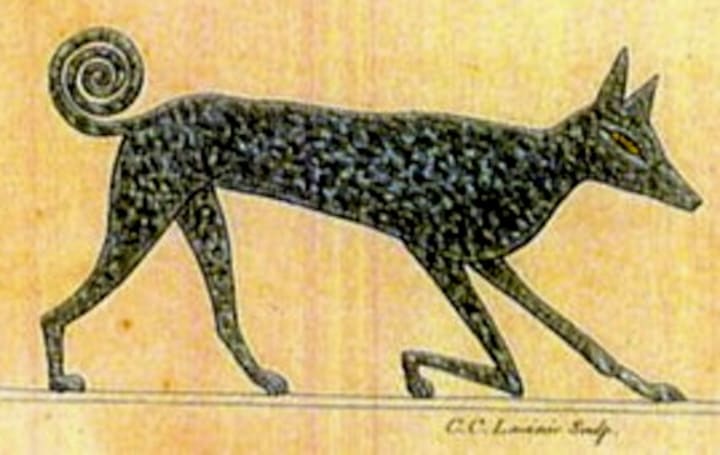
This might just be one of the oldest extinct dog breeds you'll ever hear of, and that's because they were around back in the days of ancient Egypt. Tesem were known for having long, thin bodies with pointed ears—and for being excellent runners.
According to Egyptian artwork, Tesem were born in a variety of different colors including brown, black and white, and dark brown. The breed was most commonly depicted with a thin, curled tail that rested on its back.
Not much is known about what happened to Tesem as a breed. However, most believe that they were the precursors to the modern-day Pharaoh Dog. Though we may never see a Tesem in life, the images left of them in tombs show them to be a very graceful breed.
Chien-Gris
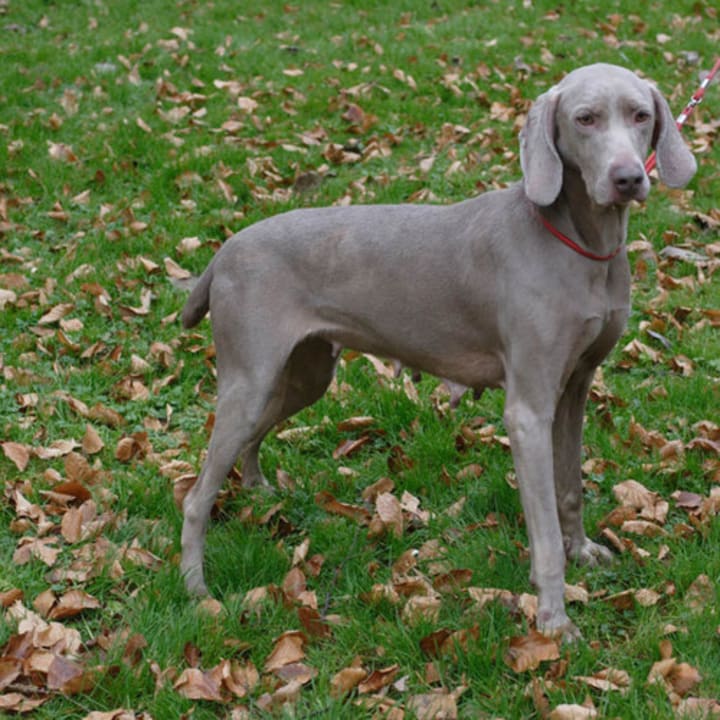
During the Middle Ages in France, hunters who wanted to track animals relied on one breed, and one breed alone: The Chien-Gris. "Chien-Gris" can be translated into "Grey dog"—and that's pretty much the most accurate description of their hue.
These stocky grey dogs had an uncanny sense of smell that was incredibly useful out in the field. Historic records show that the Chiens-Gris were very similar to Weimaraners in color and build, as well as facial features.
This favorite breed of French nobility, however, had slightly longer fur and slightly shorter tails. Many people believe this breed to be the original version of Weimaraner before the breed traveled to Germany.
Old English Bulldog
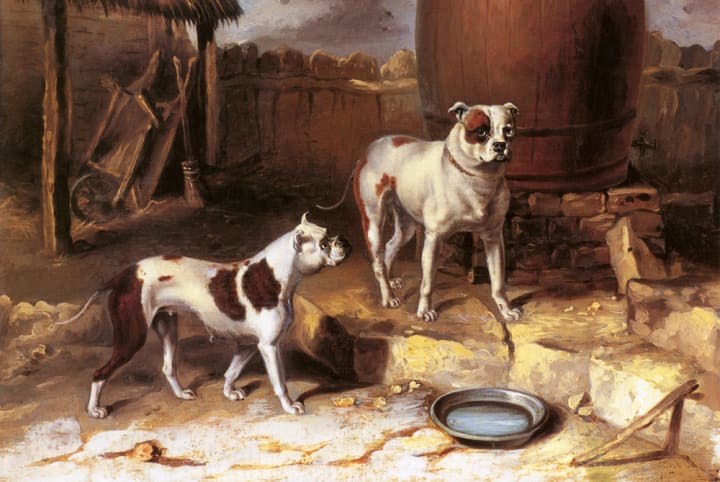
Back before British Bulldogs existed, there was an earlier breed that really lived up to its name. That was the Old English Bulldog, and it wasn't anything like the stubby, wrinkly puppers you see today.
These bulldogs looked a lot more like pitbulls than anything else, but they had flatter faces. The flat face was no mistake; having a shorter face made it easier for them to fight.
That's right, these dogs were made to be fighting dogs—and worse, they were specifically bred to be bait for bulls. They needed to have short faces, a foul temperament, and a lot of agility.
When Britain banned dog fighting in the 19th century, the demand for Old English Bulldogs went to the wayside. By the 20th century, the majority of the breed got mixed with the other English Bulldogs.
Molossus
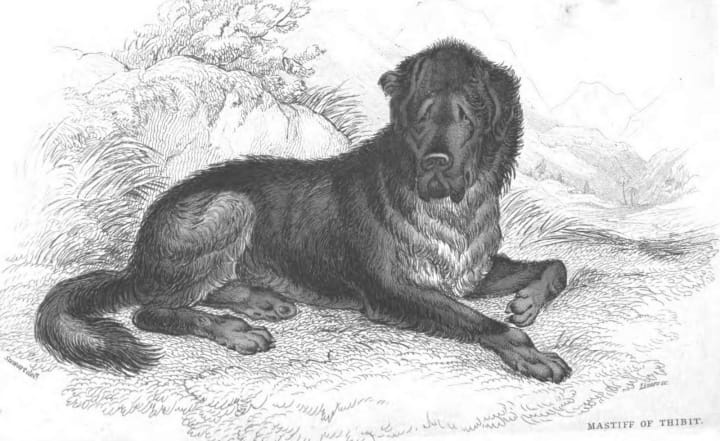
The Molossus might just be one of the most historically important extinct dog breeds on this list—and not just because of the many mentions it had in Greek literature. This dog breed is the original stock for just about every major large dog breed tied to Europe.
If you have a mastiff of any type, be it the Cuban Mastiff, an alpine, or another mastiff breed, you have a dog that's part Molossian hound. These dogs were fighters that also doubled as companions to those wealthy enough to own them. They were highly recognized guard dogs, and prized status symbols.
Both Greeks and Romans adored their thick fur, droopy features, and powerful appearance. Demand for Molossus stayed strong, but it became increasingly difficult to find a purebred. As other breeds were developed from it, the numbers dwindled until it died out.
That being said, there is some news to the Molossus's fate that may take you by surprise. One American breeder is trying to recreate this 5,000-year-old breed. His efforts created the world's largest puppy, a 180-pound pup that stands at six feet tall when he's on his hind legs—now that is considered a "large dog breed!")
Braque De Puy
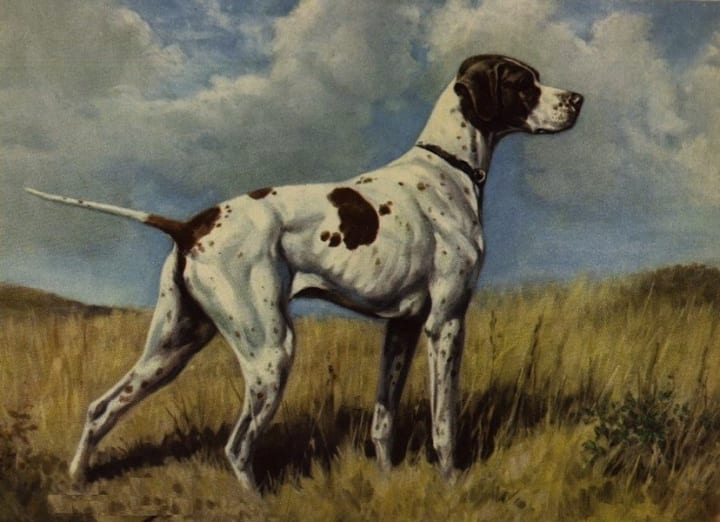
This beautiful slender dog was a mix between a hunting dog and a greyhound, and actually remained popular well into the 19th century. They were fast, loyal, and excellent trackers that were recognized for their brown spots on white coats.
These gun dogs were filled with energy, which made them great hunting companions adored throughout France. Despite its great personality and cute appearance, the Braque De Puy never quite got the same amount of popularity as other Braque dogs.
Eventually, demand tapered off and the breed fell by the wayside. That being said, some dog enthusiasts swear that there are still some dogs from this breed in small pockets throughout France.
Hawaiian Poi Dogs
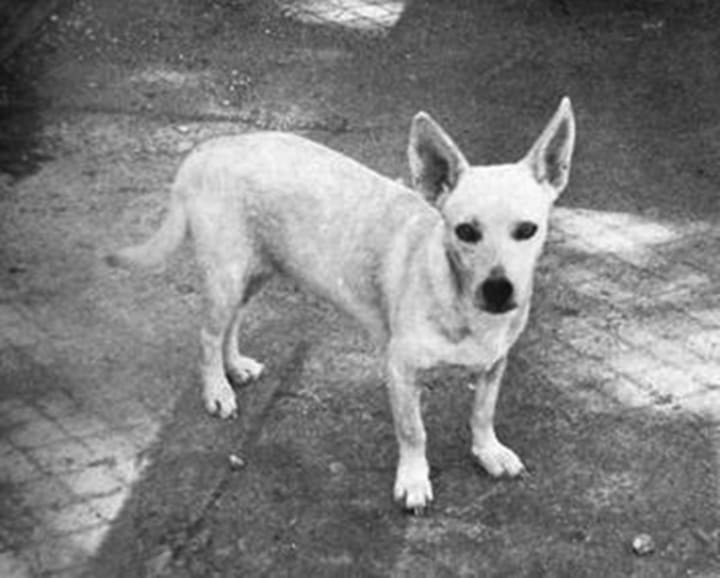
Few extinct dog breeds make people relieved when they hear they're gone, but the Hawaiian Poi Dog is one such breed. These tiny shorthaired dogs were very sweet, and unfortunately, traditional people actually thought they were sweet enough to eat.
Poi were small dogs that were bred to be fattened up, killed, and eaten. When they weren't bred for food, they were being used to protect small children.
These Chihuahua-like pups ended up going extinct once eating dogs became taboo. Believe it or not, there have been multiple attempts to resurrect the breed. In time, maybe we'll see these puppers once more, but hopefully they're less annoying than their similar Chihuahua counterparts—just kidding! That's one of the many misconceptions about Chihuahuas!
In some way or another, all dogs are man's best friend (even Chihuahuas).
About the Creator
Cato Conroy
Cato Conroy is a Manhattan-based writer who yearns for a better world. He loves to write about politics, news reports, and interesting innovations that will impact the way we live.






Comments
There are no comments for this story
Be the first to respond and start the conversation.